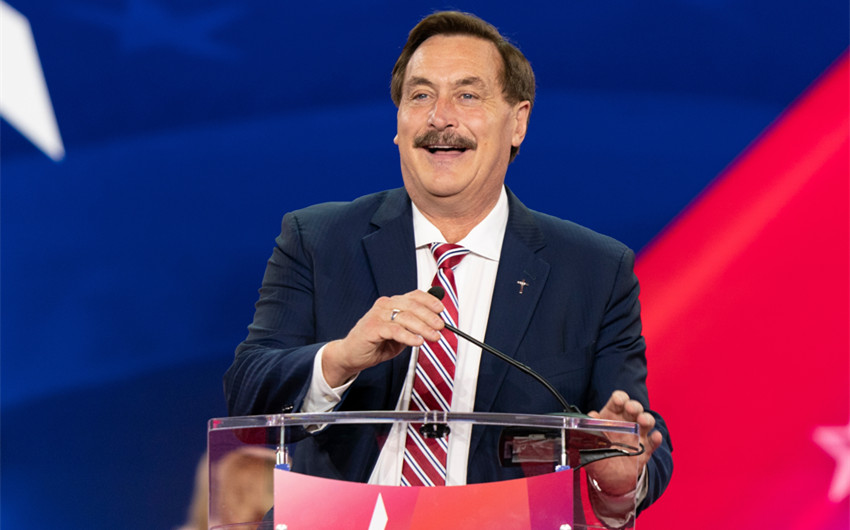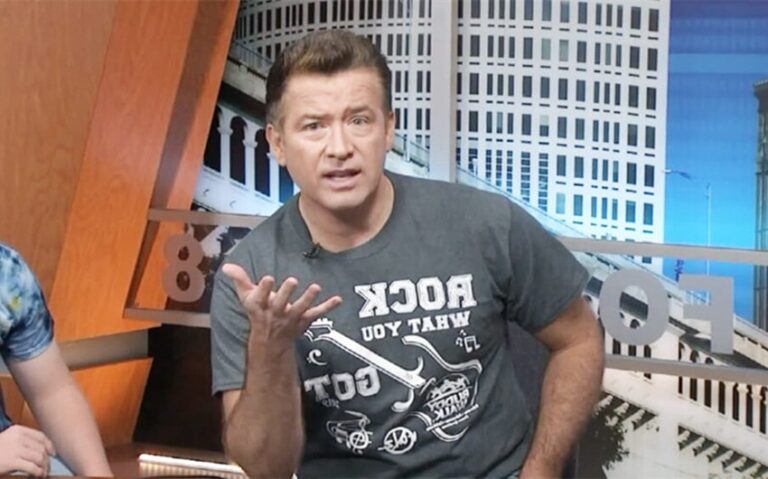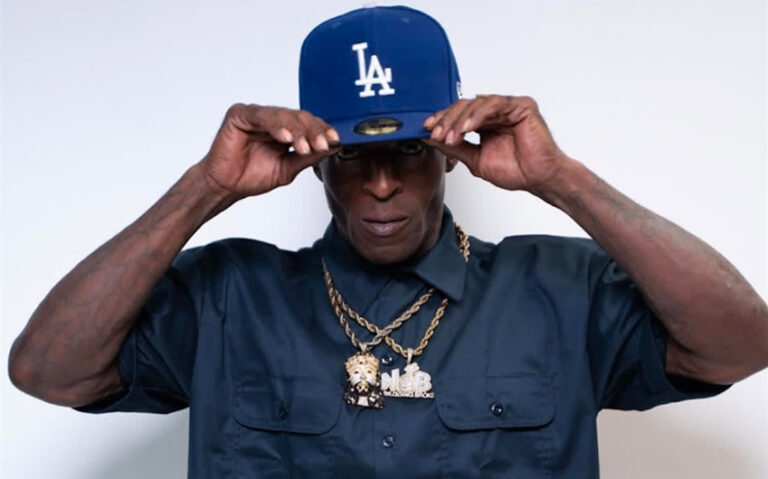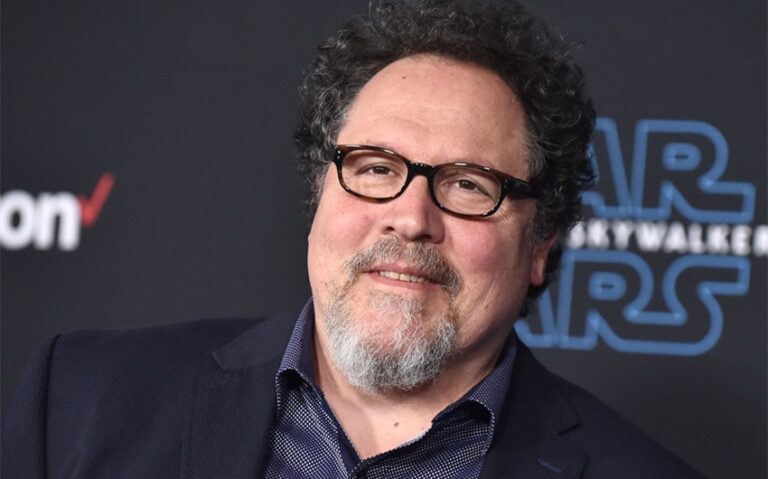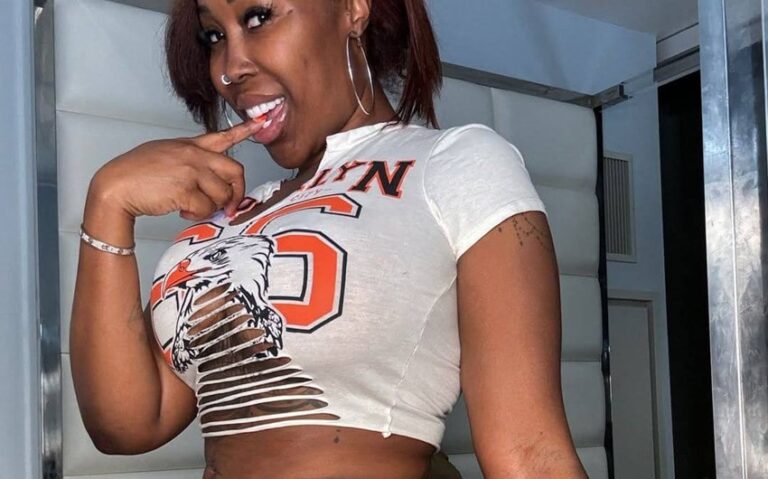What Mike Lindell’s Net Worth Reveals About Risk, Reinvention, and Reputation
When you look into Mike Lindell’s net worth, you’re not just looking at the financials of a pillow mogul—you’re diving into a rollercoaster story of invention, reinvention, and intense public scrutiny. Lindell, the founder and CEO of MyPillow, once symbolized American entrepreneurial success. But in recent years, his name has become just as associated with political controversy, legal battles, and massive financial risk. His net worth, which once reportedly soared as high as $300 million, has since fluctuated dramatically. What caused that rise and fall? And what does his story teach you about the fragile relationship between reputation and financial standing?
From Addiction to MyPillow—How Mike Lindell Built a Fortune
To understand Mike Lindell’s net worth, you first need to understand how he built his business—and how unlikely that success really was. Before the creation of MyPillow, Lindell led a life marked by addiction, setbacks, and personal turmoil. He’s been open about his battles with cocaine, crack, and alcohol addiction during the 1980s and 1990s. At one point, he lost his home and nearly destroyed every close relationship he had. But he also credits these struggles with shaping the man he would later become.
The story of MyPillow begins with an idea—one of those classic American business origin tales. Dissatisfied with conventional pillows, Lindell created his own prototype and began selling it at trade shows, mall kiosks, and state fairs. What started as a grassroots operation gradually evolved into a booming business, largely thanks to Lindell’s relentless self-promotion.
In 2011, MyPillow gained national attention through a series of late-night infomercials, starring Lindell himself. His enthusiastic, everyman approach made him a recognizable figure. The company’s sales skyrocketed, reportedly surpassing $100 million annually at its peak. MyPillow’s success was due in part to its direct-to-consumer model and Lindell’s unfiltered, persistent media presence. At one point, you couldn’t watch late-night television without seeing his commercial. The business became a household name, and Lindell transformed into more than a CEO—he became the face of the brand.
This success translated quickly into wealth. By the mid-2010s, estimates placed his net worth as high as $300 million. He expanded operations, employed thousands, and claimed to have sold over 40 million pillows. For a time, he embodied the rags-to-riches American dream.
Mike Lindell’s Net Worth—What the Numbers Say
The picture of Mike Lindell’s financial health has changed dramatically in recent years. His net worth, once celebrated, has come under scrutiny due to mounting legal costs, lost business relationships, and his highly publicized involvement in U.S. political controversies. Let’s break it down.
Estimated Net Worth Over Time
Lindell’s financial peak is believed to have been between 2016 and 2019, with most estimates placing his net worth near $300 million. This was when MyPillow was thriving, partnerships with major retailers were strong, and his brand image was stable.
However, by 2023 and 2024, those numbers dropped sharply. Current estimates of Mike Lindell’s net worth range between $5 million and $30 million, though even these are difficult to verify due to private business holdings and pending legal matters.
So what caused the dramatic decline? A combination of lawsuits, political spending, public backlash, and the collapse of key retail partnerships. Multiple legal battles, particularly those related to his claims about the 2020 U.S. presidential election, have reportedly cost him millions in legal fees. Lindell has acknowledged in interviews that he’s had to borrow money, liquidate assets, and pour personal funds into both legal defenses and political causes.
While he hasn’t declared bankruptcy, the financial strain is evident. In fact, in October 2023, Lindell revealed that he faced major financial pressure due to ongoing defamation lawsuits. Several outlets reported that his legal team had even requested to withdraw from representing him because of unpaid fees.
MyPillow Revenues and Personal Earnings
A significant portion of Lindell’s wealth has always been tied to MyPillow. The company’s success was once fueled by strong retail partnerships with stores like Walmart, Bed Bath & Beyond, and Kohl’s. But in the wake of Lindell’s political activism, many of those stores severed ties, pulling MyPillow products from their shelves.
That move hurt. MyPillow’s sales reportedly dropped, and Lindell himself claimed that over 20 retailers had stopped carrying his products. In response, he attempted to pivot toward a direct-to-consumer strategy, promoting sales through MyPillow’s website and launching new product lines, including slippers and bedsheets. He even created his own streaming platform, “Frank Speech,” as an alternative media channel to promote both his products and his political views.
Despite these efforts, the impact of the retail exodus and online backlash was significant. MyPillow’s revenue reportedly decreased, although the company remains privately held and exact figures are not disclosed. Lindell also reported laying off hundreds of employees during this transitional period, which further suggests shrinking operational capacity.
Although he still earns from MyPillow, the overall profitability of the company appears to have declined. His personal earnings have been drained not only by declining revenue but also by reinvestments into promotional campaigns, legal defenses, and political ventures.
Political Spending and Financial Fallout
Mike Lindell’s political involvement has been as headline-grabbing as his infomercials. A vocal supporter of former President Donald Trump, Lindell became deeply involved in efforts to contest the results of the 2020 election. He spent millions on legal challenges, media campaigns, conferences, and cybersecurity “summits” that promoted election fraud theories.
That level of spending took a toll. Reports suggest that he invested up to $40 million of his own money into political causes, including legal fees and organizing controversial events. His creation of “Frank Speech,” a social media and video platform dedicated to free speech and conservative viewpoints, added additional operational costs with limited financial return.
All of this had repercussions. In addition to legal and financial consequences, Lindell’s political stance alienated a large portion of his customer base and led to MyPillow being banned or de-platformed from major outlets like Twitter, YouTube, and Amazon. Payment processors and advertising services also reportedly limited or severed ties, making it harder for him to maintain revenue streams.
Legal exposure is another looming factor. Lindell is the subject of a $1.3 billion defamation lawsuit filed by Dominion Voting Systems, which could potentially upend his financial standing depending on the court’s outcome. Although such cases can take years to resolve, the pressure of defending against them continues to impact his net worth today.

